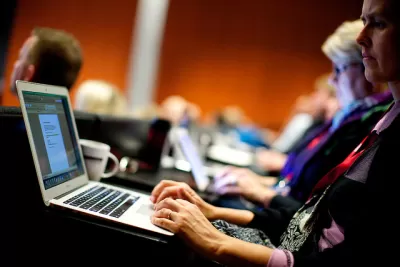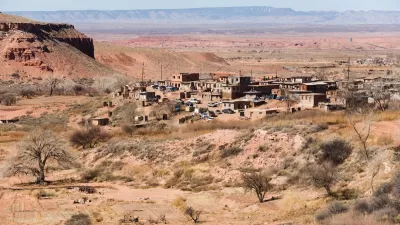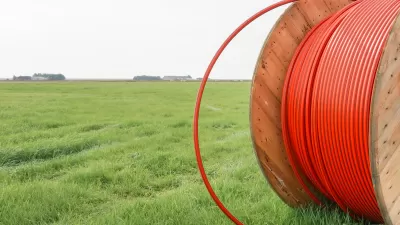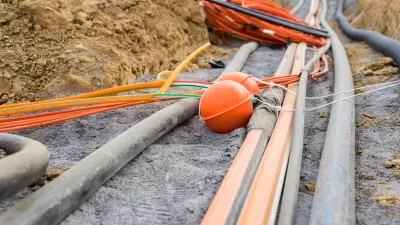Rural Alaska has some of the least reliable and slowest internet connections in the country, but new cable infrastructure in the Arctic Sea is changing that.

Nome, Alaska’s schools classes are getting new video-taught classes, something that would have been borderline impossible a year ago. Isolated Alaskan schools lack the staffing and resources to provide some of the lessons students could get in other parts of the country, in part because they can have slow, unreliable internet.
"Nome and two other school districts in northwestern Alaska are pioneering a high-speed fiber-optic cable connection that has the potential to transform how education is delivered in the state—and shrink a connectivity gap between rural Alaska and the majority of American schools," Mareesa Nicosia writes for the Hechinger Report. Nome is not the only Alaskan town with slow internet connections. "Alaska ranks last in the nation in the percent of its school districts meeting the minimum internet-speed targets set by the Federal Communications Commission, according to the nonprofit EducationSuperHighway," Nicosia reports.
This new infrastructure is being made possible in part because of global warming. As Arctic sea ice melts, it’s become possible to install fiberoptic cable connections. "In March, Nome Public Schools became the first school district to connect to the cable, officials said; over the summer, the neighboring North Slope Borough and Northwest Arctic Borough school districts joined as well," Nicosia writes. Private equity is building this infrastructure with the hopes of eventually connecting Alaska to Asia, but in the meantime rural Alaskan schools are benefitting from the new infrastructure.
FULL STORY: Alaska schools pay a price for the nation’s slowest internet, but change is coming

Alabama: Trump Terminates Settlements for Black Communities Harmed By Raw Sewage
Trump deemed the landmark civil rights agreement “illegal DEI and environmental justice policy.”

Planetizen Federal Action Tracker
A weekly monitor of how Trump’s orders and actions are impacting planners and planning in America.

Why Should We Subsidize Public Transportation?
Many public transit agencies face financial stress due to rising costs, declining fare revenue, and declining subsidies. Transit advocates must provide a strong business case for increasing public transit funding.

Understanding Road Diets
An explainer from Momentum highlights the advantages of reducing vehicle lanes in favor of more bike, transit, and pedestrian infrastructure.

New California Law Regulates Warehouse Pollution
A new law tightens building and emissions regulations for large distribution warehouses to mitigate air pollution and traffic in surrounding communities.

Phoenix Announces Opening Date for Light Rail Extension
The South Central extension will connect South Phoenix to downtown and other major hubs starting on June 7.
Urban Design for Planners 1: Software Tools
This six-course series explores essential urban design concepts using open source software and equips planners with the tools they need to participate fully in the urban design process.
Planning for Universal Design
Learn the tools for implementing Universal Design in planning regulations.
Caltrans
Smith Gee Studio
Institute for Housing and Urban Development Studies (IHS)
City of Grandview
Harvard GSD Executive Education
Toledo-Lucas County Plan Commissions
Salt Lake City
NYU Wagner Graduate School of Public Service





























